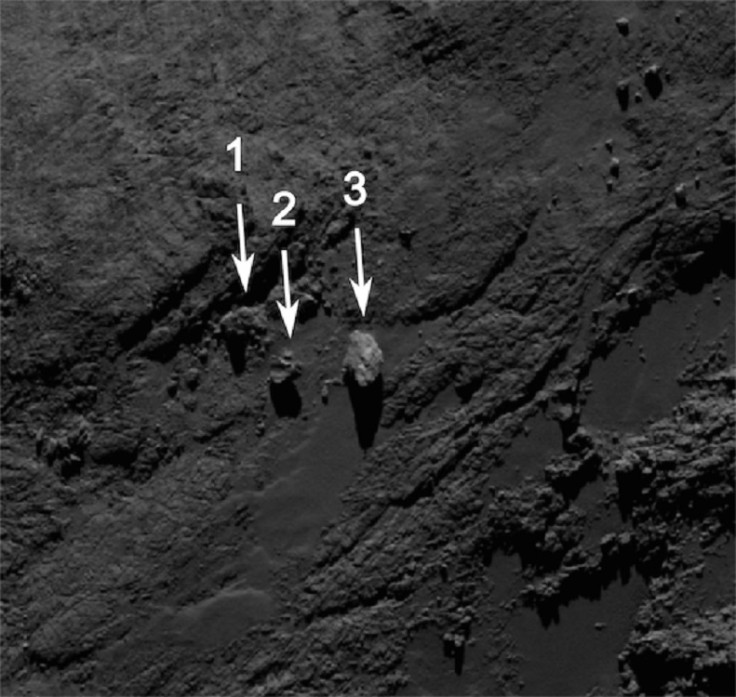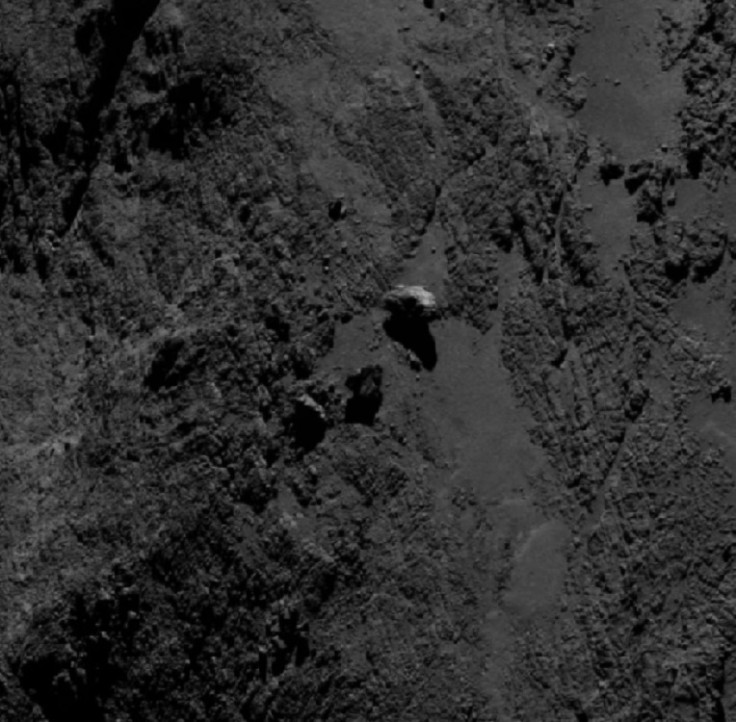Rosetta discovers Stonehenge-style standing stones on Comet 67P

Three large Stonehenge-style boulders have been discovered on the surface of Comet 67P, baffling Rosetta scientists.
The "balancing boulders" are located in the Aker region of the comet and resemble those found on Earth. How they were formed and how they got to the location remains a mystery.
Researchers said the "unusual formation of boulders" were first spotted in September last year and the largest of the three – which has a diameter of about 30 metres – stands out for "having only a very small contact area with the comet's surface".

They added that it appears to be perched on the rim of a small depression. Sebastien Besse, an ESA scientist working on Osiris (Optical, Spectrocopic and Infrared Remote Imaging System), said: "We had noticed this formation already in earlier images, however, at first the boulders did not seem to differ substantially from others we had seen."
Balancing rocks on Earth touch the ground beneath with just a tiny fraction of their surface and look like they might tilt or topple over at any moment.
Many of them travelled to their location within glaciers, while others were eroded by wind and water, leaving only the more resistant material behind over time.

"How this apparent balancing rock on Comet 67P/C-G was formed is not clear at this point," said Osiris principal investigator Holger Sierks.
However, the team note it could be related to a transport process involved in cometary activity that would make boulders move to a new location from their original site.
"Interpreting images of the comet's surface can be tricky," Sierks added – experts now plan to take more pictures of the formation to get a greater insight into their nature and origin.
© Copyright IBTimes 2025. All rights reserved.




















